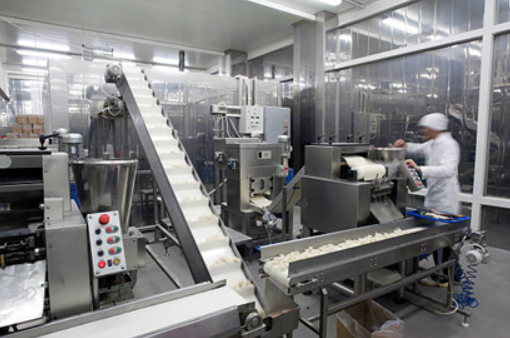If you’re still relying on outdated equipment or manual methods for producing tomato-based products, you’re likely falling behind competitors who have upgraded to modern tomato processing machinery.
Here’s good news: It’s now easier and more cost-effective than ever to invest in advanced equipment, thanks to technological improvements and modular, scalable solutions from trusted food processing equipment manufacturers. This means you don’t have to overspend on oversized single-use machinery that eats up valuable space.
An integrated approach to tomato processing
Today’s top-quality tomato processing machinery comes with integrated systems covering every stage, from raw material reception to final packaging. Each section and its sub-components are carefully engineered to perform specific functions, ensuring the highest hygiene and safety standards.
Components of cutting-edge tomato processing machinery
To give you an idea of what’s included in advanced tomato processing machinery, let’s break down the typical components:
- Reception system – includes a feed conveyor, washer system, and sorting table.
- Processing and juice extraction – features a receiving tank, transfer pump, tomato finisher, balance tank, and pulp preheater
- Evaporation unit – equipped with a feed pump, flow controls, vapour separator, vacuum pump, and other necessary components
- Packaging section – offers options for both can and glass packaging
Why invest in state-of-the-art tomato processing equipment?
Investing in modern tomato processing machinery can yield long-term benefits, particularly when you purchase from experienced manufacturers offering both standard and customised designs. These industry leaders use only high-quality materials, ensuring your machinery is durable and has a long service life. Over time, the initial investment can result in substantial time and cost savings for your business.
Tailored solutions from GEM
At GEM, we are experts in manufacturing and exporting tomato processing machinery that incorporates high-quality parts and the latest technologies. Whatever your specific needs, we can customise the perfect solution for you. Our range of products is designed to improve your efficiency and productivity in producing various tomato products, including paste, concentrate, and ketchup.










